Service
Effect
View more


Optcomb
View more
光コムは、周波数スペクトルが等間隔に歯が並んだ櫛(くし)のような形状をしていることから、光の櫛(Optical frequency comb;Optocomb)と呼ばれるようになった特殊なレーザーです。周波数と時間を測る「世界で最も精度の高いものさし」ともいわれています。
光コムの概念はOptoComb現取締役の興梠が、 1993年に発見しました。興梠は光コムの第一人者として研究を続ける中、2005年ノーベル物理学賞を受賞したジョン・ホール氏とテオドール・ヘンシュ氏の研究(その中で光コムは非常に重要な役割を果たしていますが)において、光コム技術の面から貢献しました。
光コムは単色レーザーとしての性質と同時に複数周波数(波長)を含んだ白色光の性質を持つような特殊な光となります。
そのため、下記のような特徴を持ちます。
-多数の周波数の光が含まれている
-各周波数の光は、スペクトル幅の狭いレーザー
-各レーザーの周波数間隔が全て同じ
-各レーザー周波数の位相がそろっている
その光コムの波形は、上図に示したように、非常に短い1ps(ピコ秒:1兆分の1秒)以下の幅、数十ps間隔の周期的な鋭いパルス波ということもできます。興梠は、光コムのこれらの性質に着目し、高精度に時間を測定できるのであれば、高精度な距離測定に応用できる可能性があると考えました。
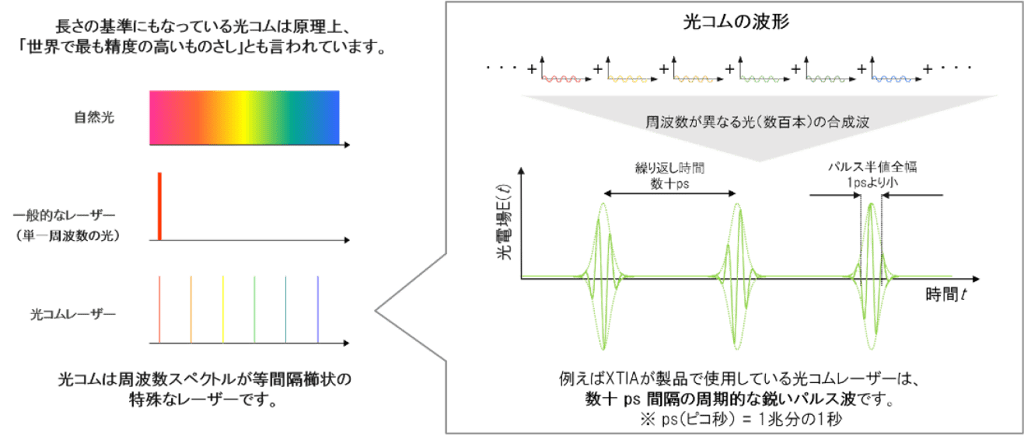
Reason
View more
01
上述の通り、光コム3次元検査器は同軸光学系であるため、他の非接触検査方式と異なり、凹凸のある複雑な形状でも死角のない3次元プロファイルを得ることができます。 加えて、長いワーキングディスタンス、焦点深度の範囲の広さが、自動車部品などで多い中型・大型の部品の検査を容易にします。
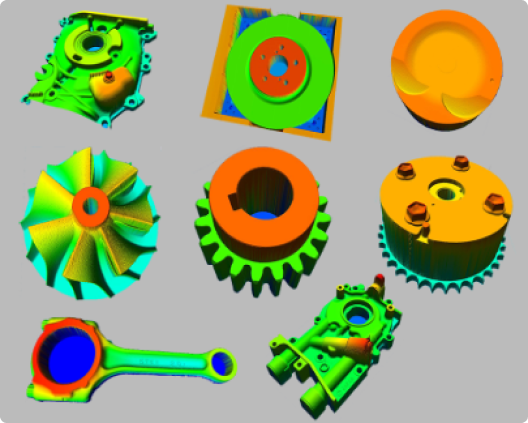
02
光コム3次元計測は特に優れたz分解能/計測精度を持ち、数ミクロン単位の微小な欠陥を精度よく測定することが可能です。これにより、キズやバリといった立体的な欠陥を定量評価することが可能となります。
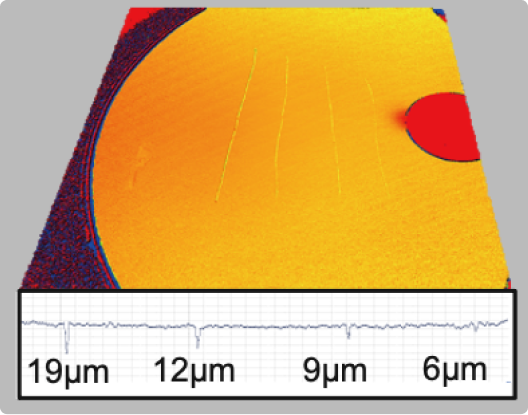
03
製造現場では完全に防ぐことが難しい外乱光ですが、光コム3次元検査器はその影響を受けずに3次元プロファイルを得ることができます。特に光学カメラなどでの検査画像と比較すると、外乱光に強いという特長が明らかです。
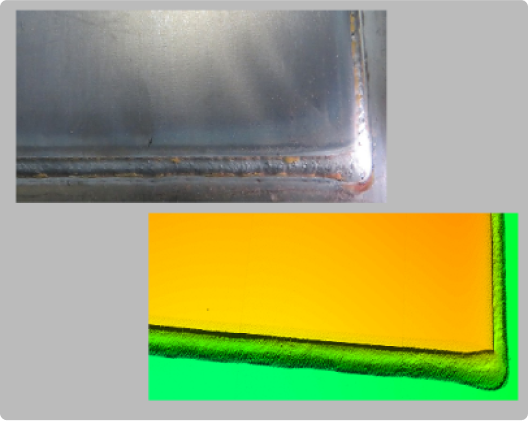
04
光コム計測技術では高速な信号処理ユニットを搭載しており、最速で毎秒50万点の計測が可能です。高速な自動検査が可能となります。

Superiority
View more
| 光コム法 | |||
|---|---|---|---|
| 白色干渉法 | 光切断法 | ||
| ワーキングディスタンス |
 長い
長い |
 非常に短い 非常に短い |
 長い 長い |
| 凹凸形状部品の検査 |
 適している
適している |
 適していない 適していない |
 適している 適している |
| プロファイル |
 欠けのないプロファイル
欠けのないプロファイル |
 小型部品のみ 小型部品のみ |
 死角が生じる 死角が生じる |
| 比較軸 | 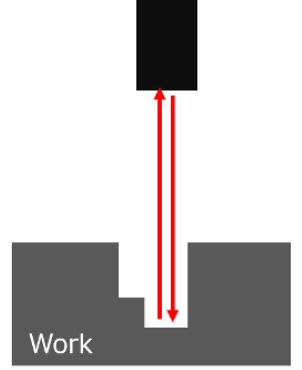 |
.png) |
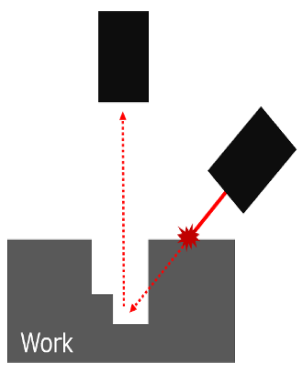 |